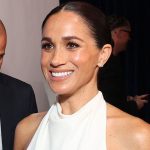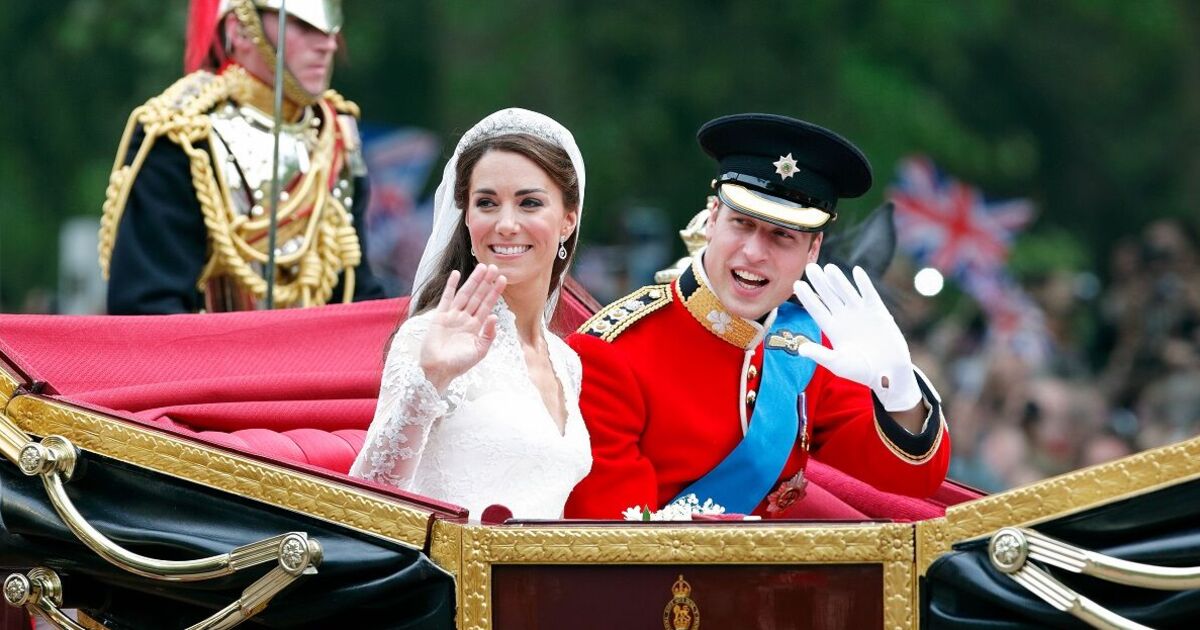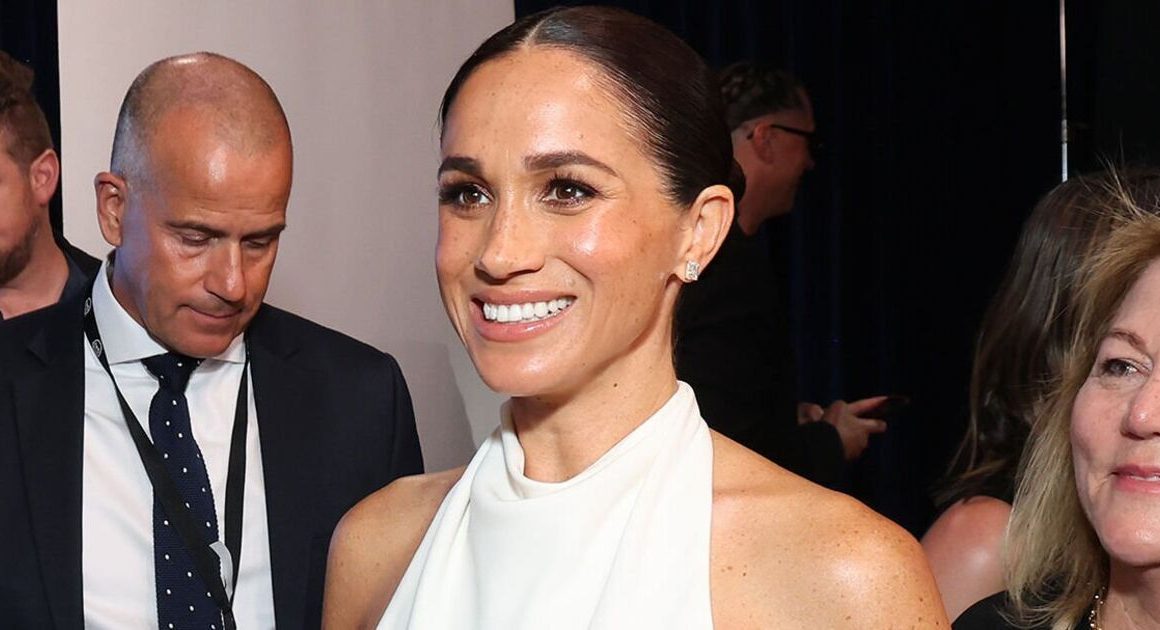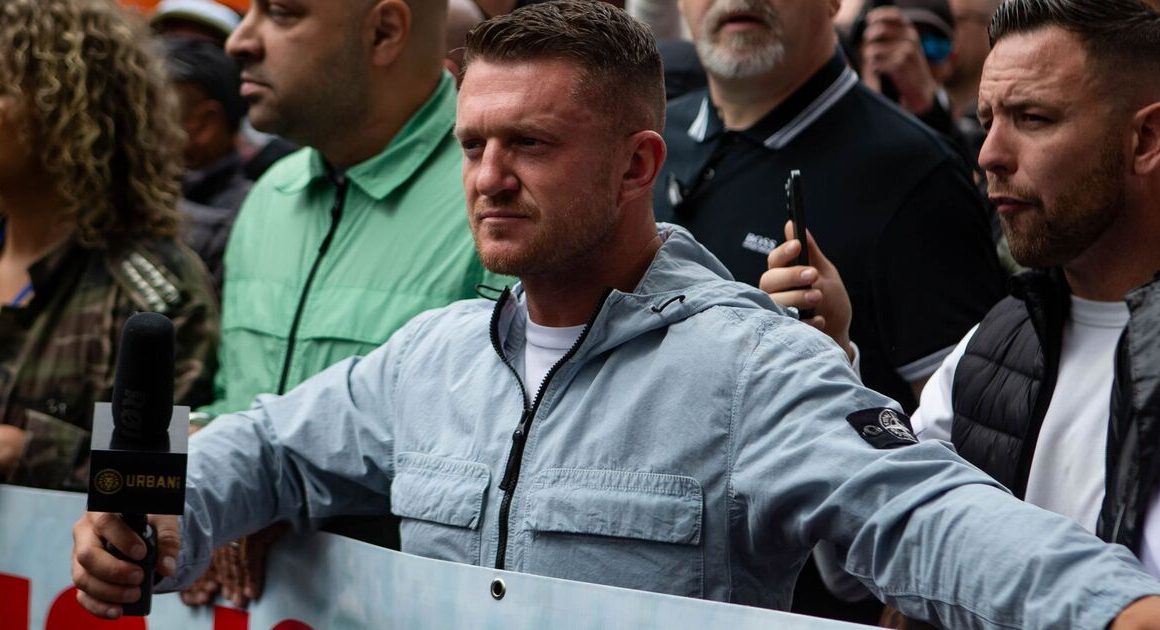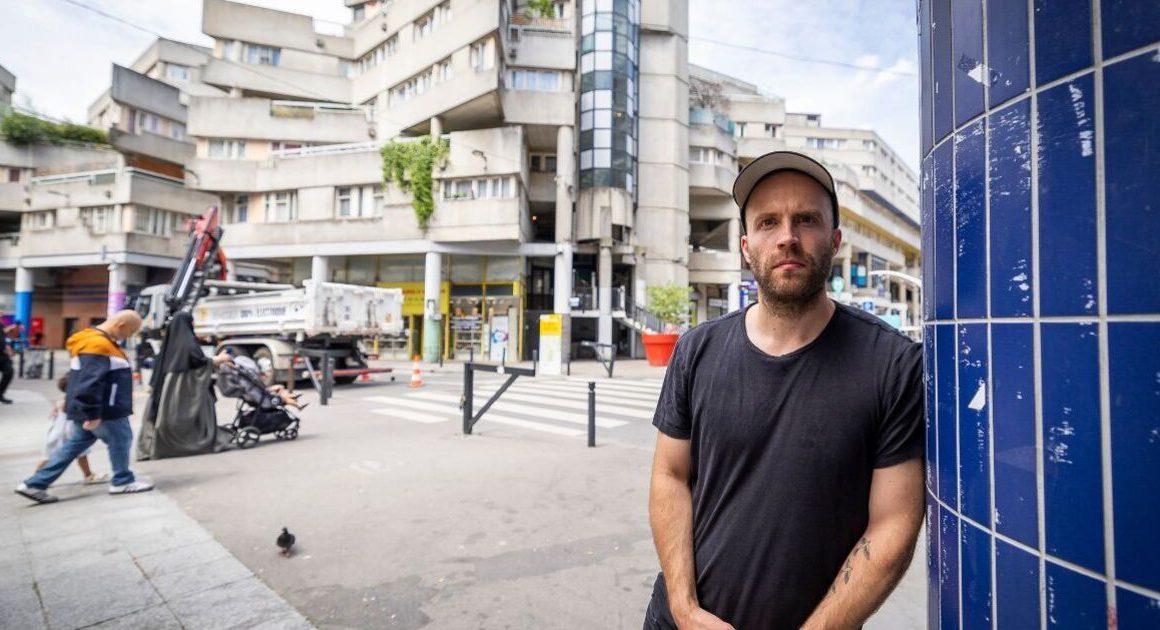Only a few, if any, public events in Britain can match up to a royal wedding.
The royal nuptials are immersed in majesty, grandeur and splendour and have been capturing the British public’s imagination and interest for quite some time.
However, King Charles and Queen Camilla’s civil ceremony in 2005, to Prince William and Princess Kate‘s wedding in 2011, as well as Prince Harry and Meghan Markle‘s wedding in 2018, the ceremonies are ones to remember til the end of time.
But while royal weddings do play a role in entertaining the public, they also serve as pivotal moments for upholding the old customs and traditions the Royal Family have been steeped in – but sometimes, as times evolve, they have been broken.
Now, a wedding planner pinpoints three strict marriage traditions that the Firm have historically been expected to follow and how they have been challenged in modern times.
Claudia Postigo, the founder of The Planner Co., shares three strict marriage traditions that the British royal family have historically been expected to follow, and explores how they’ve been challenged in modern times.
Only Church of England ceremonies are allowed
While the Church of England has long served the royals in carrying out their nuptials, it hasn’t always been this way.
King Charles broke this rule in 2015 when he married Camilla in a civil ceremony followed by a blessing, which diverged from the traditional Anglican wedding.
Claudia Postigo, the founder of The Planner Co, said: “The Church of England has long been the only choice for marriage ceremonies for British royals, reflecting the established religion’s integral role in British society and the monarchy’s close ties with the Church.”
She added: “This departure underscored shifting attitudes towards remarriage and religious conventions within both the royal family and broader society.”
Royal marriages require approval from the Sovereign
Historically, royal marriages required the sovereign’s approval to maintain dynastic stability and safeguard the monarchy’s interests.
This tradition ensured that unions aligned with political objectives and familial expectations, however, there was one royal who challenged this custom.
Ms Postigo said: “The marriage of Princess Anne to Mark Phillips in 1973 initially raised eyebrows due to the lack of formal consent to the union from Queen Elizabeth II.
“Though eventually granted, this deviation from protocol hinted at a growing autonomy among royal family members when choosing their spouses.”
Royals can only marry other royals or aristocrats
Traditionally, royal family members were expected to marry within the aristocracy or other royal houses, in order to maintain bloodlines, preserve power structures, and strengthen diplomatic ties between nations.
But both brothers Prince Harry and Prince William broke this tradition as they married non-royals.
Prince William‘s marriage to Princess Kate in 2011 marked a significant departure from this long-standing custom, as Kate hailed from a middle-class background, not from a royal or aristocratic lineage.
Meanwhile, Prince Harry‘s marriage to Meghan Markle in 2018 also shattered this age-old custom. Meghan, an American actress, also did not come from a royal or aristocratic background.
These two unions symbolised a departure from entrenched elitism and signalled a more inclusive approach to royal partnerships, according to the wedding expert.
She added: “These deviations from longstanding marriage traditions within the British royal family reflect broader societal shifts towards individualism, inclusivity, and personal choice.
“As the world watches the royal family navigate these changes, one thing is clear: the institution’s ability to reconcile tradition with progress will shape its relevance in the years to come.”
